Take a Hario V60 pour over and brew your best coffee ever! Improve day by day because this tool needs practice. Tips and V60 coffee recipe for home baristas!
What is V60 coffee?
The Hario V60 is one of the most popular pour-over coffee maker devices, available in glass, plastic, stainless steel, or ceramic materials. The key feature is the 60-degree angle of the cone, narrowing down and allowing the brewed coffee to drip through the bottom hole.
Similar devices include the Kalita and the Melitta, which differ slightly in shape, resulting in variations in the size of the opening at the bottom.
Why is V60 drip my favorite? The advantages.
It’s not the easiest way to make a hand drip coffee, but Hario V60 is probably the most enjoyable brewing experience. Besides that, the process is easily customizable so you can make the best coffee for your taste with enough practice. You have full control over extraction with the V60 design.
You can adjust
- the coffee grind sizes,
- the water temperature,
- the brewing time,
- Everything!
And that’s why Hario V60 is my favorite coffee maker.
How to make V60 pour over coffee?
There are precise steps to ensure a delicious cup when making coffee. It’s worth noting how you prepared your coffee, so you can refine the recipe later based on your taste preferences.

Step 0: Sourcing and Grinding Coffee
If you’re making pour-over coffee, it’s advisable to choose from lighter roasted coffees, which usually offer a softer, fruitier flavor profile.
In case you are grinding the coffee yourself, the beans should be ground slightly coarser for the V60. If you need more clarification, ask your local coffee shop or where you bought the coffee to grind the beans for you. They will inquire about your brewing method and grind the coffee accordingly.
It’s better to have a pre-ground coffee that is only partially fresh (a few days old) but well-ground than to have freshly ground coffee that’s poorly ground.
Boiling Water
Start by boiling water for your coffee. Depending on the roast level, you may need to adjust the water temperature. If you’re using a light roast coffee, it’s recommended to brew with water between 90-95 degrees Celsius. On the other hand, if you’re using a darker roast, it’s better to heat the water to below 90 degrees Celsius.
Measuring and preparation
Use a gram scale and place the server (the container where the brewed coffee will drip into) on it. Fold the edge of the filter paper and place it inside the V60 dripper. Once the water has boiled, wet the filter paper with the hot water. At this point, the water will drip into the server: empty it to avoid unnecessarily saturating the coffee. This step is important to prevent the paper’s taste from getting into the coffee.
Add coffee to the filter
Pour the coffee grounds into the filter and carefully measure the amount using the scale. Depending on the recipe, this can be 15, 18, or 20 grams.
Baristing as you like!
Now, the coffee brewing process begins. Start a timer or stopwatch and pour water onto the coffee grounds in a spiral motion. Use slow movements, circling from the center outward, and create a thin stream of water to avoid pouring too much onto the coffee simultaneously.
If you work too vigorously, it’s akin to watering plants with a strong jet. The goal is for the coffee to be evenly soaked and not sit on the sides of the V60.
The first phase is called blooming. Blooming is the process where, at the beginning of brewing, you pour approximately twice the amount of water as the coffee’s weight onto the grounds. For example, if you have 15 grams of coffee, pour at least 30 grams of water, then let it “bloom” for 30 seconds.
You’ll notice wonderful aromas. The purpose of this phase is to wet the entire coffee bed. Gases trapped in the coffee begin to rise to the surface in the form of bubbles when water is added – this is when the coffee has its most intense aroma during brewing.
After blooming, you can gradually or all at once add the remaining water. It’s a good idea to continue using the scale to track how much water you use for brewing precisely.
Once you’ve poured all the water, wait until it completely disappears from the dripper. When this happens, stop the timer.
That’s the whole process!
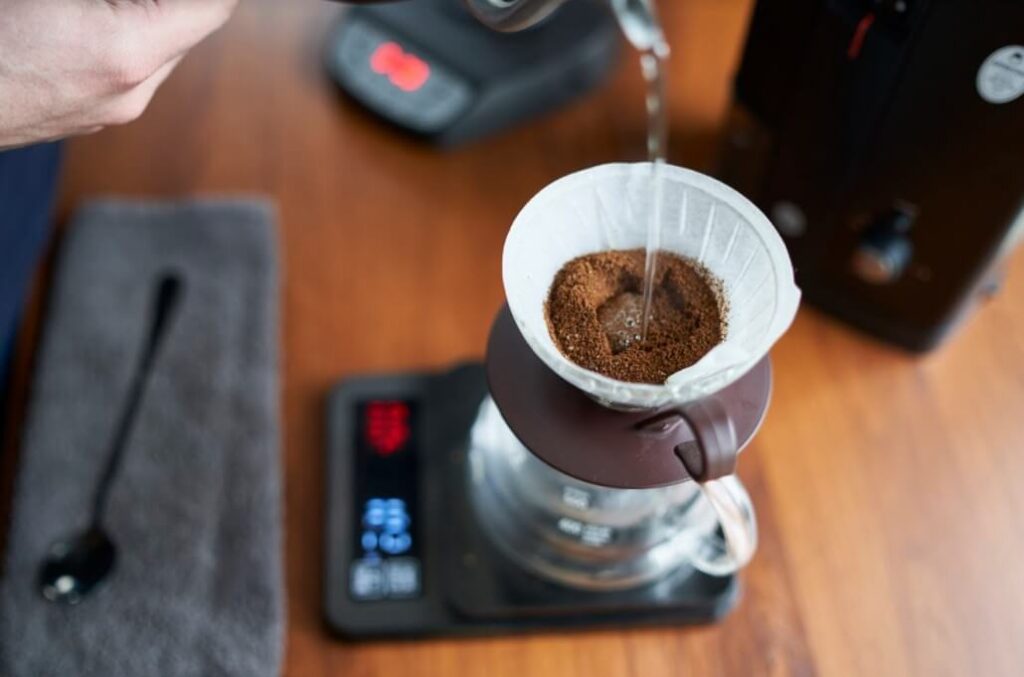
V60 pour-over technique you should follow
Here are some tips for making the best V60 hand drip coffee.
Hario V60 brewing time
For brewing with a Hario V60, I suggest you brew for exactly 4 minutes and 30 seconds. Place the coffee grounds in the filter and gradually pour 50 grams of water every 45 seconds 5 times.
V60 coffee-to-water ratio
First, you need to know that 98% of coffee is water, so it’s crucial to consider the type of water you’re using. Water rich in minerals and distilled water are only some of the suitable choices. The solution lies somewhere in between in terms of both pH value and mineral content.
However, if you’re not a hardcore coffee drinker or need help finding Norda, magnesium-rich, filtered water also works well. The key is to avoid tap water whenever possible: trust me, after enjoying a few filter coffees, you’ll immediately notice which was made with tap water and which wasn’t.
Now, back to the topic: The V60 coffee-to-water ratio is generally recommended to be around 1:15 to 1:17. However, you can adjust this ratio according to your taste preferences and the coffee’s origin and roast level. It’s a good starting point for experimenting; you can fine-tune it to achieve the desired flavor strength.

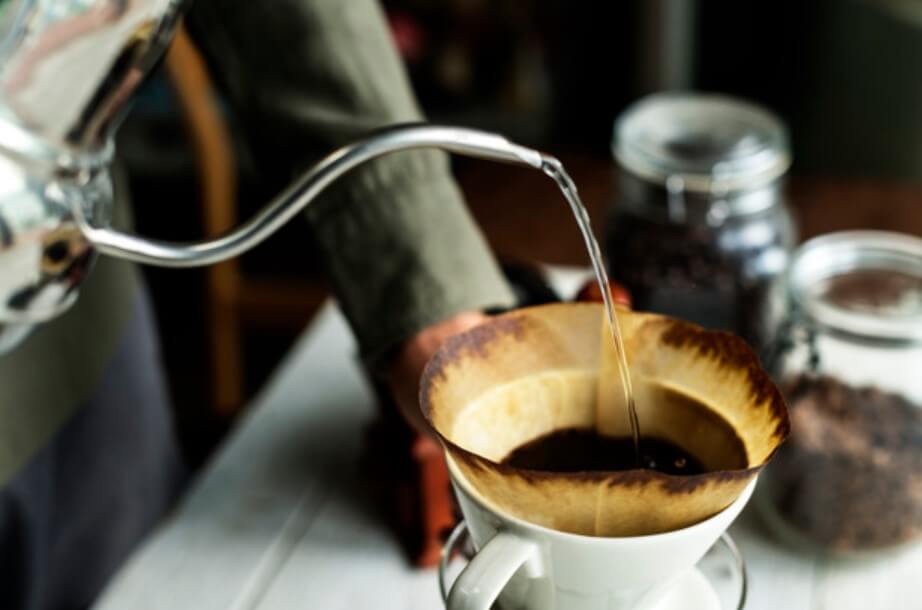
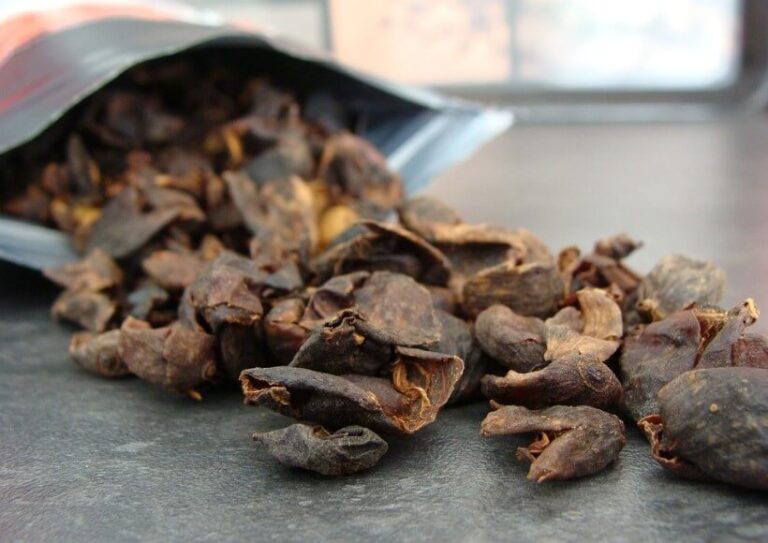
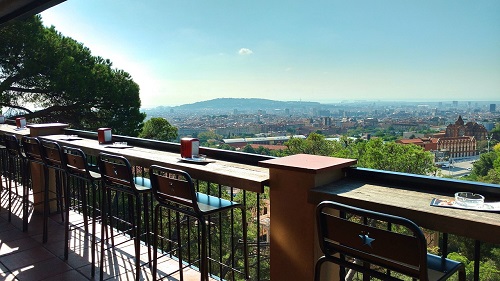
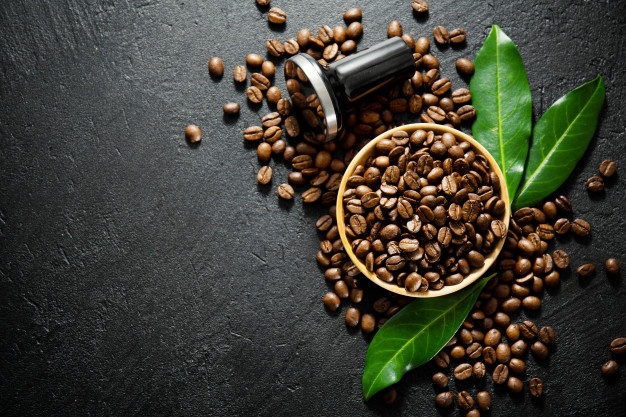
Leave a Reply